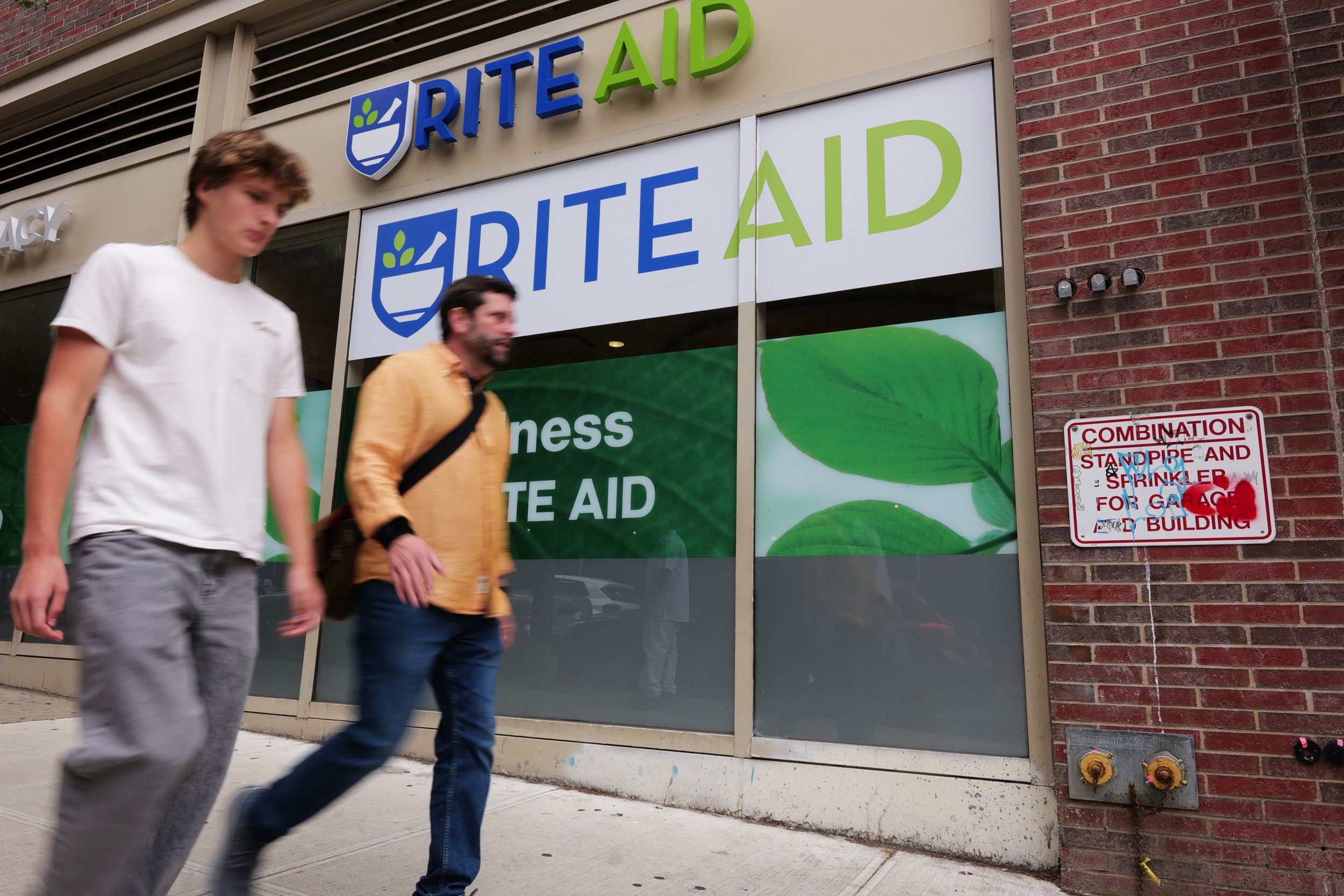Rite Aid filed for Chapter 11 bankruptcy protection on Sunday in New Jersey, citing slumping sales and more than a thousand lawsuits linked to its alleged role in the U.S. opioid crisis as the main reasons behind this move.
The company, one of the largest pharmacy chains in the U.S., said it has received a commitment for $3.45 billion in new funding from some of its lenders to provide “sufficient liquidity” to help it through the bankruptcy process. It has also appointed Jeffrey Stein as its new CEO and chief restructuring officer in charge of leading the company through bankruptcy, replacing Elizabeth Burr, who will remain on the board.
Following the filing, Rite Aid announced it will close more of its underperforming stores and will transfer employees to other locations whenever possible. The company currently has more than 2,000 stores across 17 states in the country.
Bankruptcy filings have surged in the U.S. in the past year with rising interest rates and stubborn inflation weighing on the corporate sector, soaring by 68 percent in the first half of 2023 compared to the previous year, according to Epiq Bankruptcy, a provider of U.S. bankruptcy filing data.
However, Rite Aid is a different case which has seen the high debt burden contracted by the company combined with an explosion of opioid lawsuits against the chain. Here is what happened to the drugstore giant.
Struggling Sales
According to a court filing with the U.S. Bankruptcy Court for the District of New Jersey, Rite Aid was facing $8.6 billion in debt as of June 3, while listing total assets for $7.65 billion. Some of this debt has to be repaid in 2025.
During the same period, the most recent quarter ending on June 3, revenue for the drugstore chain fell to $5.6 billion, down from $6.01 billion during the same timeframe in 2022. Net losses for the company have accumulated to reach $306.7 million, or $5.56 per share, compared to $110.2 million last year, as reported by CNBC.
Slumping sales for the company have been linked to a stark drop in demand for COVID-19 vaccines and testing as the health emergency was officially declared over earlier this year by President Joe Biden‘s administration, as well as a general loss of customers to retailers like Amazon, Target, and Walmart and competitors such as CVS and Walgreens.
Opioid Lawsuits
Rite Aid is one of several pharmacy chains which have been accused of being involved in the U.S. opioid crisis, which has claimed thousands of lives in recent years. Of an estimated total of 107,622 drug overdose deaths reported in the U.S. in 2021, the latest data made available by the Centers for Disease Control and Prevention shows, 75.4 percent were linked to opioids.
The company is facing more than a thousand opioid lawsuits, including one from the U.S. Department of Justice (DOJ), which sued Rite Aid earlier this year, alleging it violated the Controlled Substances Act by illegally filling prescriptions for controlled substances like fentanyl. The DOJ said the pharmacy chain has ignored obvious “red flags” in doing so.
Rite Aid has denied the allegations and asked a court to dismiss the DOJ’s lawsuit.
As Rite Aid struggled with falling sales, the company was left unable to shoulder the huge cost of the hundreds of federal, state and private lawsuits which have piled up in recent months.
The bankruptcy will halt new opioid lawsuits against the company.
Rising Crime in Stores
Another factor that is likely to have played a part in Rite Aid’s recent move is a rise in crime in its stores, especially in New York City. Talking to the New York Post last month, a Rite Aid spokesperson reported “a higher level of brazen shoplifting and organized retail crime” in its stores, adding that the company was “taking an active role in helping the police in their pursuit of shoplifters.”
According to the newspaper, one of the Rite Aid stores in New York City, in Hell’s Kitchen, had lost more than $200,000 in stolen merchandise over just two months before closing in February.
Earlier this month, the company called out New York City specifically in its earnings report, blaming the rise in thefts in its stores there for $5 million losses in the most recent quarter.
Newsweek contacted Rite Aid for comment by email on Monday.

